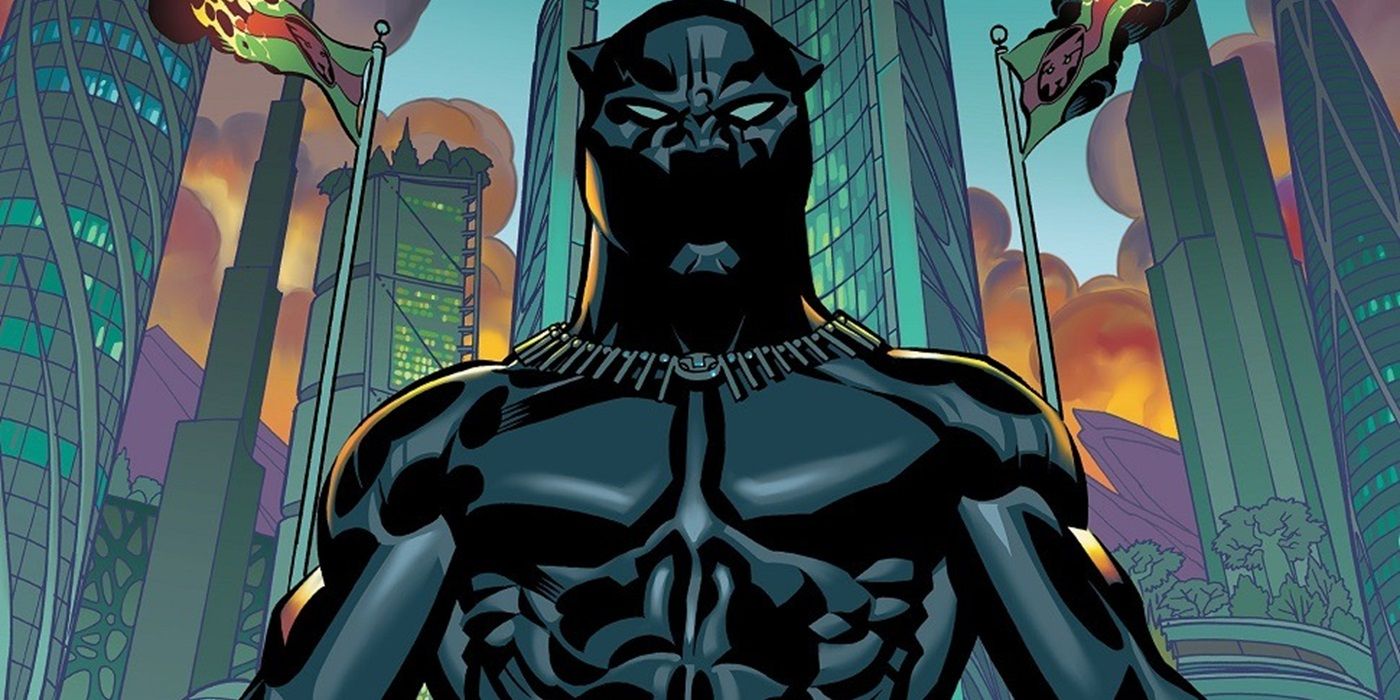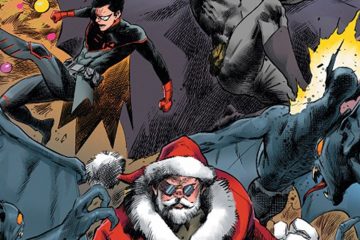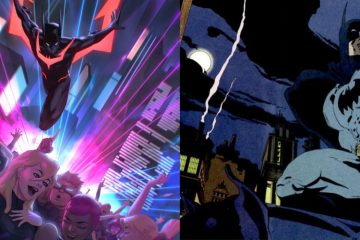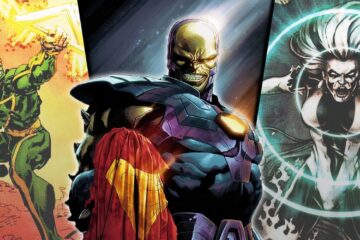This is “The Book of Knowledge,” a feature where I spotlight instances where texts like the Official Handbook of the Marvel Universe either introduced or resolved changes to continuity. Today, we look at how the Official Handbook of the Marvel Universe revealed an interesting aspect of the Marvel metal known as Vibranium. One of the things that made Marvel Comics stand out from the other comic book companies in the 1960s was that it embraced the concept of a shared universe (it did not INVENT the idea, but other comic book companies had done much less with the idea). Of course, though, as I’ve noted before, pretty much the moment that you introduce the idea of a shared comic book universe, you have to acknowledge that the concept can’t ever truly make sense, because the moment you have multiple writers having books set in the same universe, you’re bound to have inconsistencies. While likely minor at first, the longer the shared universe lasts, and the more different writers you get involved, the more inconsistent everything becomes.One of the problems with concepts like Vibranium is that the scope that comic book creators in 1966 were working with was so much more limited than ours, in terms of technology. Therefore, when Black Panther bragged about the properties of a metal that can absorb vibrations in Fantastic Four #53 (by Jack Kirby, Stan Lee and Joe Sinnott), Reed’s first thought was just how this would prevent missiles from being moved off of their targets by vibrations…
This is “The Book of Knowledge,” a feature where I spotlight instances where texts like the Official Handbook of the Marvel Universe either introduced or resolved changes to continuity. Today, we look at how the Official Handbook of the Marvel Universe revealed an interesting aspect of the Marvel metal known as Vibranium.
One of the things that made Marvel Comics stand out from the other comic book companies in the 1960s was that it embraced the concept of a shared universe (it did not INVENT the idea, but other comic book companies had done much less with the idea). Of course, though, as I’ve noted before, pretty much the moment that you introduce the idea of a shared comic book universe, you have to acknowledge that the concept can’t ever truly make sense, because the moment you have multiple writers having books set in the same universe, you’re bound to have inconsistencies. While likely minor at first, the longer the shared universe lasts, and the more different writers you get involved, the more inconsistent everything becomes.
One of the problems with concepts like Vibranium is that the scope that comic book creators in 1966 were working with was so much more limited than ours, in terms of technology. Therefore, when Black Panther bragged about the properties of a metal that can absorb vibrations in Fantastic Four #53 (by Jack Kirby, Stan Lee and Joe Sinnott), Reed’s first thought was just how this would prevent missiles from being moved off of their targets by vibrations…
#Vibranium #Stronger #Hit
Note:- (Not all news on the site expresses the point of view of the site, but we transmit this news automatically and translate it through programmatic technology on the site and not from a human editor. The content is auto-generated from a syndicated feed.))



